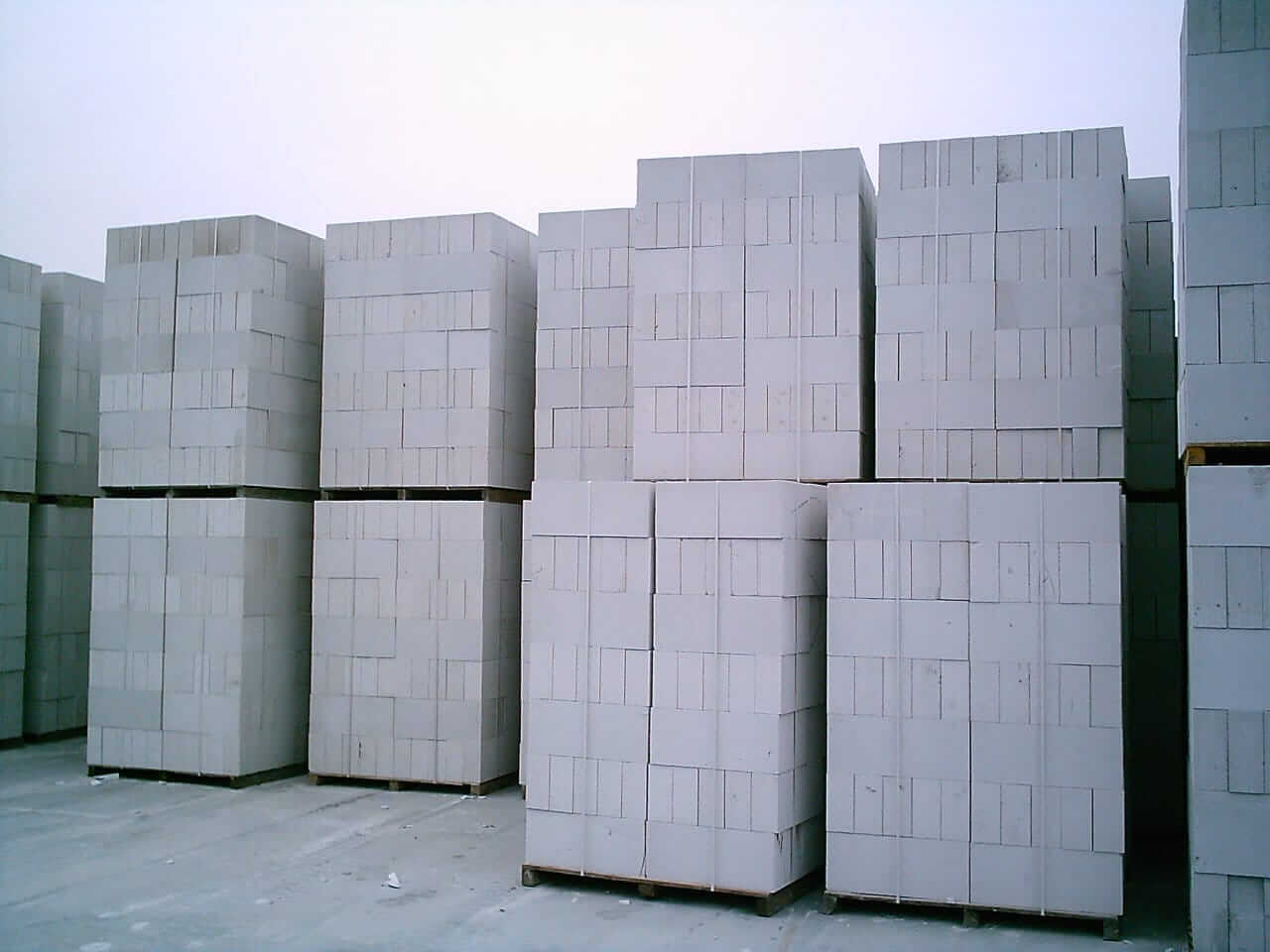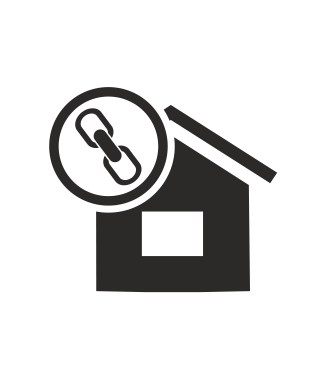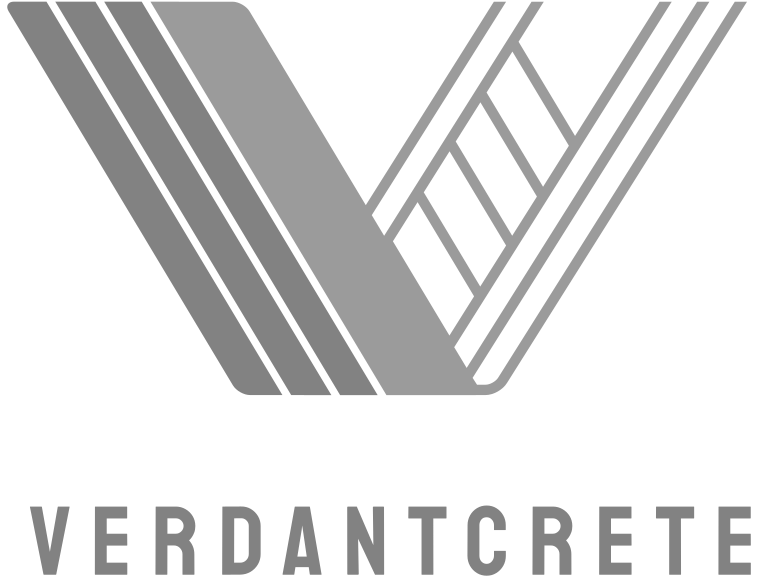
AAC Blocks (Autoclave Aerated Concrete)
Verdantcrete AAC blocks represent a new era in construction materials, offering unmatched strength, lightweight design, and eco-friendliness. Manufactured using fly ash, cement, lime, and aeration agents, our autoclave aerated concrete (AAC) blocks adhere to IS 2185 Part-3 standards, ensuring top-notch quality. These blocks are an excellent substitute for clay bricks and concrete blocks, making them a green building product that reduces carbon footprint.
Suitable For: Residential, Commercial, Industrial, Institutional Projects
Size: 75mm, 100mm, 125mm, 150mm, 200mm, 225mm
Features

Lightweight
Boasts an exceptional lightweight nature, weighing only 1/3rd of red bricks. It reduces the overall structural load, resulting in cost savings of up to 15%.

Superior Strength
Offers a remarkable strength of 4N/mm2, surpassing the strength of red clay bricks.

Thermal Insulation
Boast industry's highest thermal rating of 0.16 W/(m⋅K), AAC blocks ensure 30% lower HVAC expenses, reducing heat transfer and improving indoor temperatures.

Earthquake Resistant
Lightweight AAC Blocks exhibit remarkable earthquake resistance, preferred in seismic zones, and proven to withstand Category 5 wind loads.

Fire Resistant
Its unique cellular structure provides unbeatable resistance against flames, with a best-in-class fire rating of more than 4 hour

Sound Resistant
Closed air pockets in AAC blocks yield an STC rating of 44, offering superior sound insulation for virtually soundproof interiors.
Technical Specification
Density
550-650 kg/m 3 (Oven Dry)
Compressive Strength
4 N/mm2
Modulus of Elasticity
2040 N/mm2
Coefficient of Thermal Expansion
8.1 x 10 -6 K -1
Water Absorption
8% (at equilibrium)
Drying Shrinkage
0.04%
Thermal Conductivity
0.16 W/m 2 K
Fire Resistance
4 Hrs. (150mm wall)
STC Rating
43db (100mm wall)
FAQs
AAC Blocks in Modern Construction (Autoclaved Aerated Concrete)
-
Do you want to get estimation? Get free estimation of your construction sites. feel free to call us.
-
MON-SAT 8:00-9:00 +91 22220 23841
